
The 1903 Wright Flyer ready to launch
Many people attempted to build flying machines at the beginning of the 20th Century. The American brothers were the first to achieve powered sustained flight with the Wright Flyer in December 1903. The Wright brothers had a fascination with flight from a young age. In 1878 their father gave them a toy flying helicopter model that was powered by strands of twisted rubber. They played with it all the time and even built larger copies of the model. In the summer of 1899 they built their first flying machine, which was a biplane kite with a five foot wing span. It was a test model that they planned to use to develop their first full sized glider. The Wright brothers pioneered many of the modern techniques of aeronautical engineering, such as the use of a wind tunnel and flight testing.
Wilbur donated the legendary Wright Flyer to the Science Museum in 1928, after an argument with the Smithsonian Institution. It was returned to the Smithsonian Institution in 1948. However the curators at the Science Museum made this faithful replica from the original Wright Flyer before it was returned. The ‘replica’ is so true to the original that there is a rumour going round the Science Museum that it is the original Wright Flyer!


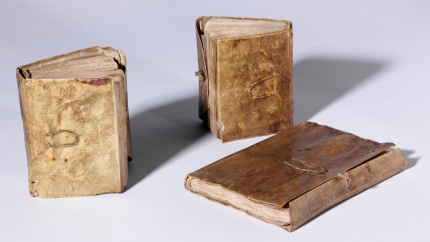

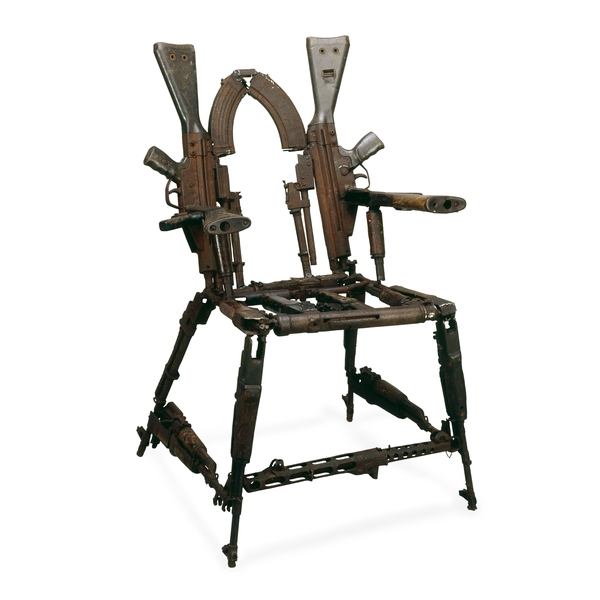
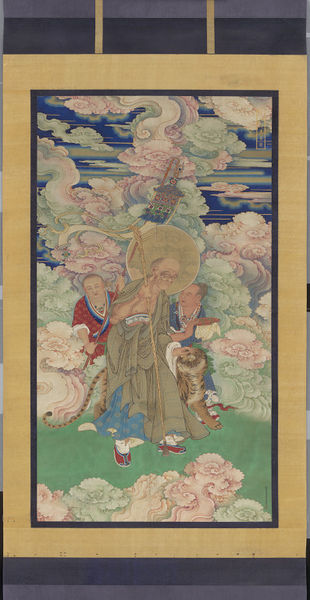
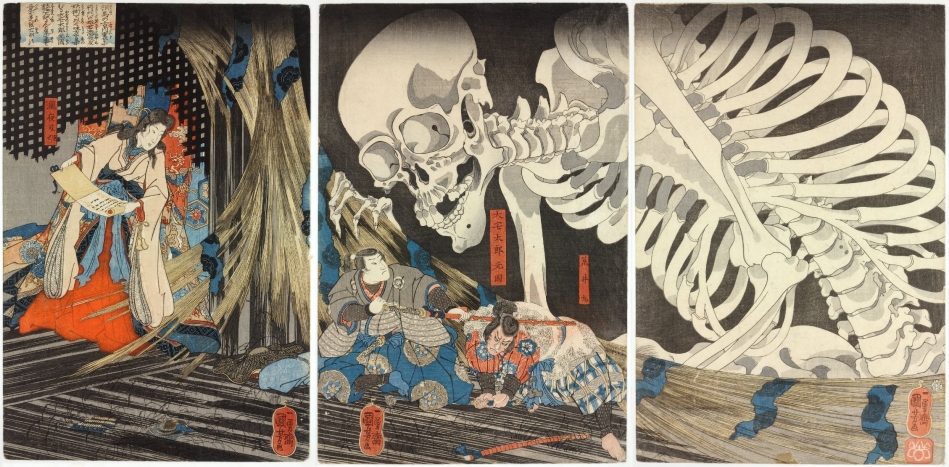

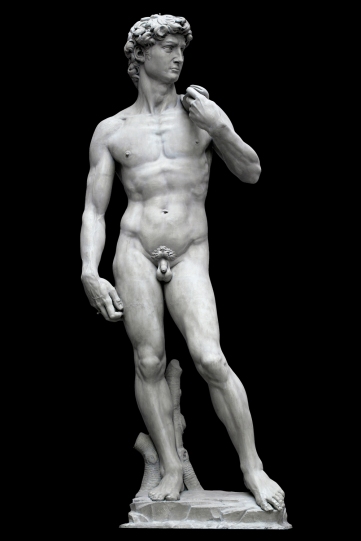
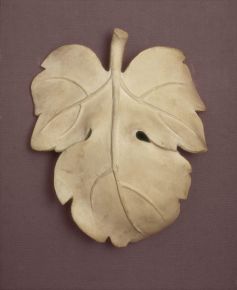

Recent Comments